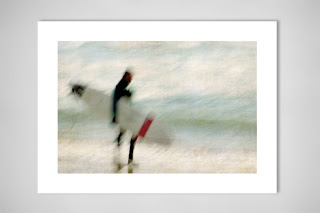Anne Staub Photography
Photography is an ongoing learning, creative and passionate journey.
Friday, 1 August 2014
Thursday, 8 May 2014
Abstract, long exposure, camera movement
I have been experimenting more with long exposure and camera movement, I always loved abstract/abstract realism and love the creative possibilities coming with "Impressionist" camera techniques.
Several people following my work have contacted me as to how to start to produce these shots. I referred them to the Impressionist Camera Techniques book written by Eva Polak as it's full of ideas and well written.
Wednesday, 23 April 2014
Negative Space/Minimalism
Ma (間) is a Japanese word which can be roughly translated as "gap", "space", "pause" or "the space between two structural parts." The spatial concept is experienced progressively through intervals of spatial designation. In Japanese, ma, the word for space, suggests interval. It is best described as a consciousness of place, not in the sense of an enclosed three-dimensional entity, but rather the simultaneous awareness of form and non-form deriving from an intensification of vision.
Flowers
Ma is not something that is created by compositional elements; it is the thing that takes place in the imagination of the human who experiences these elements. Therefore ma can be defined as experiential place understood with emphasis on interval.
Space is substance. Cézanne painted and modeled space. Giacometti sculpted by "taking the fat off space". Mallarme conceived poems with absences as well as words. Ralph Richardson asserted that acting lay in pauses... Isaac Stern described music as "that little bit between each note - silences which give the form"...
Nature through seasons also takes breaks, intervals, pauses as to regenerate.
Negative space can also be a blurry background or textured or using specific colours.
I don't like to crop images in post-processing, sometimes I haven't got the choice in busy shooting environments or with some subject/s (i.e. cats :)) , especially indoors) but I'll rather frame space as I "see it" at the time of shooting, which I find a lot more interesting, than rely on cropping.
Landscape
If you haven't experimented with minimalist photography yet, don't put your subject in the middle, it would be a waste of space :)
Previous post about use of negative space
"There must be an open space in the paintings – an entry space for the viewer, or even for me. Just white space where you can get into it" Norbert Bisky
"Always remember that in a painting color has a position, and a place, and it makes space" Stuart Davis
"Without negative space how would we appreciate the positive in our art and in our lives?" Dyan Law
"The whole arrangement of my
picture is expressive. The place occupied by the figures or objects, the
empty spaces around them, the proportions, everything plays a part" Henri Matisse
"Darkness is to space what silence is to sound, i.e. the interval" Marshall McLuhan
"Negative space takes an ability to 'see' something that is not there - and to provide a new form for what is there" Leith Nance
Subscribe to:
Posts (Atom)





















































